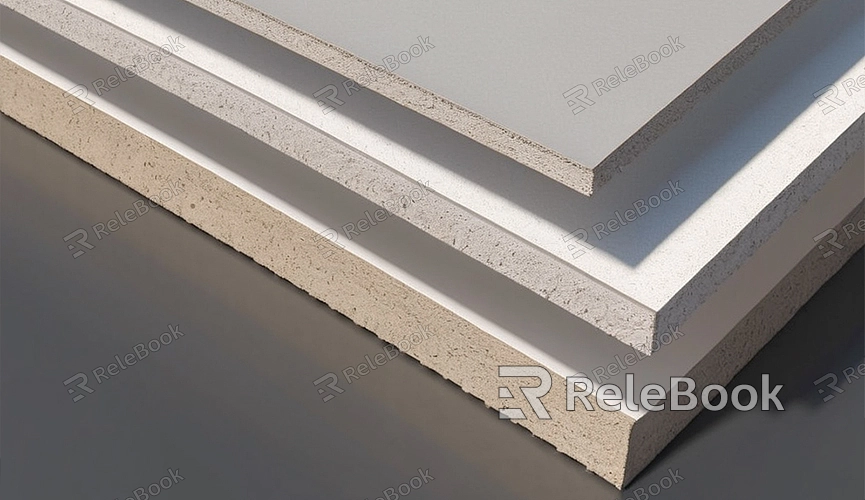3ds Max How to Apply Texture to Drywall
Drywall is one of the commonly used wall materials in interior decoration, known for its smooth surface. If you want to apply texture to drywall in 3ds Max to make it more realistic, you'll need some techniques. In this article, we'll explain how to apply texture to drywall in 3ds Max to enhance your rendering results.
1. Preparing the Scene
Before applying texture to drywall, ensure that you have completed the modeling of the scene and the material for the drywall is correctly set up. If you haven't prepared the scene or materials yet, do so before proceeding.
2. Choosing Suitable Textures
In 3ds Max, you can use a variety of textures to apply different effects to drywall, such as wood grain, stone texture, patterns, etc. Depending on your design requirements and the style of the scene, choose textures that are suitable. You can find textures in the built-in material library of 3ds Max or explore various free or paid texture resources online.

3. Applying the Texture
There are several methods to apply texture to drywall in 3ds Max, with the most common one being to use the Material Editor. Open the Material Editor, select the material ball to which you want to apply the texture, and then drag the texture into the Diffuse or Bump channel. You can also adjust parameters like texture scale, rotation, and offset to achieve the desired effect.
4. Adjusting Texture Parameters
Once the texture is applied, you can further optimize the effect by adjusting its parameters. For example, you can adjust the color, brightness, and contrast of the Diffuse channel, and the intensity and details of the Bump channel. Keep experimenting and adjusting until you are satisfied with the result.
5. Considering Lighting Effects
The effect of texture largely depends on the lighting conditions. In 3ds Max, you can change the lighting effect by adjusting the position, intensity, and color of the lights, which will affect how the texture is presented. Ensure that the lighting and texture complement each other to make the entire scene look more realistic and three-dimensional.
6. Previewing and Rendering
After applying and adjusting the texture, you can preview the effect in 3ds Max. Observe and adjust in the viewport to ensure that the texture effect meets your expectations. Finally, you can render to generate the final rendering image. During rendering, choose appropriate rendering settings and output parameters to meet your needs.
By following these steps, you can easily apply texture to drywall in 3ds Max, thereby increasing the realism and depth of the scene. If you need high-quality 3D textures, HDRI, or 3D model downloads while creating models and virtual scenes, you can download them from Relebook. After downloading, you can directly import textures and 3D models into your project for use.

